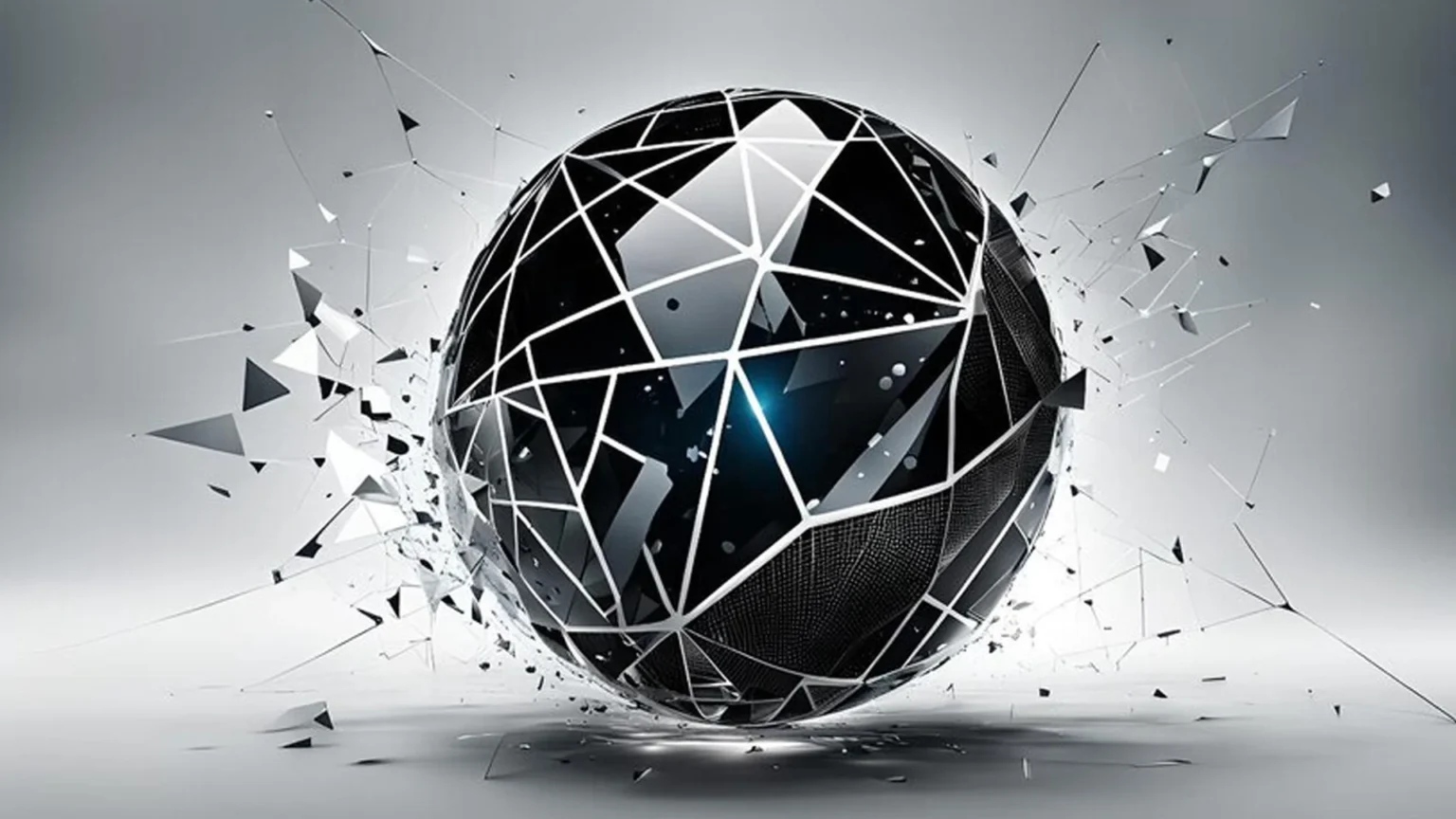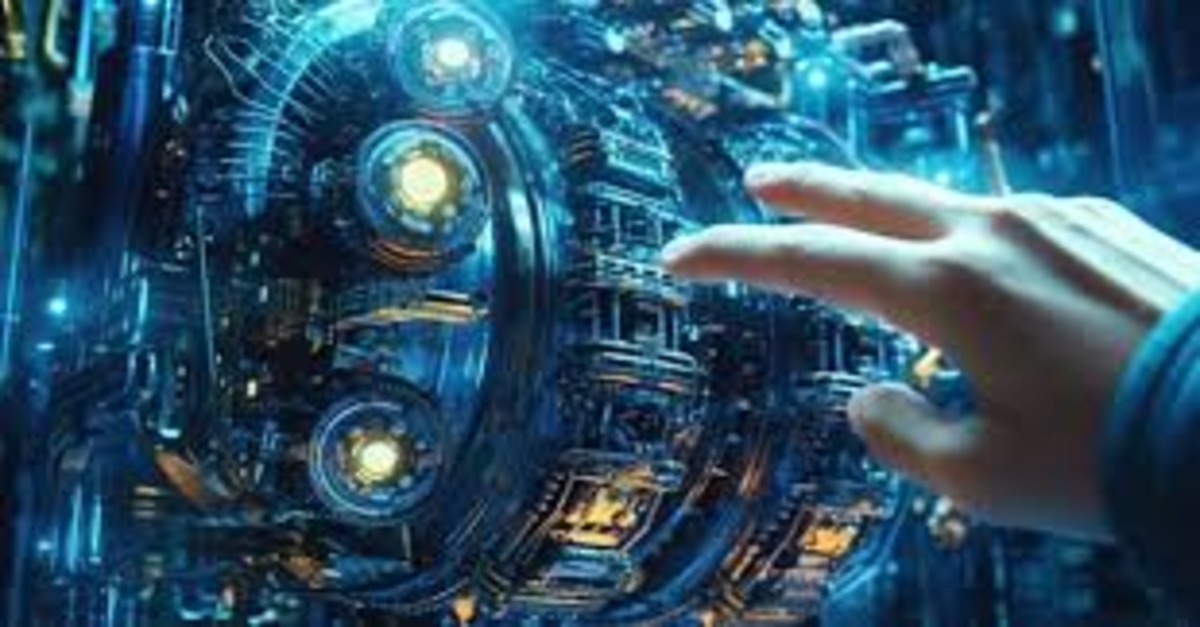Introduction
In the era of global connectivity, language barriers continue to be a significant obstacle. Enter the “Prekladača“, a crucial tool that bridges the linguistic gaps between cultures and individuals. This article delves into the evolution, importance, and future of translators, particularly focusing on digital translation technologies.
The Historical Context of Translators
Prekladača have been integral to human communication since ancient times. Historically, translators were individuals with extensive knowledge of multiple languages, cultures, and contexts. They played essential roles in diplomacy, trade, and cultural exchange. The Rosetta Stone, for example, stands as a testament to the historical importance of translation in understanding and deciphering languages.
The Emergence of Digital Translators
The advent of computers revolutionized Prekladača. Early computer-assisted translation (CAT) tools provided basic assistance to human translators, making the process faster and more efficient. However, the real breakthrough came with the development of machine translation (MT) systems.
Rule-Based and Statistical Machine Translation
Prekladača, The first significant MT systems were rule-based. These systems relied on extensive linguistic databases and sets of grammatical rules to translate text. While innovative, these early systems struggled with the complexities and nuances of natural languages.
Statistical Machine Translation (SMT) marked a significant improvement. SMT systems used large bilingual corpora to identify patterns and probabilities in language usage. By leveraging statistical models, these systems could produce more accurate translations than their rule-based predecessors. However, SMT also had its limitations, particularly with languages that had less available data.
The Rise of Neural Machine Translation
Prekladača, The most recent and arguably most transformative development in translation technology is Neural Machine Translation (NMT). NMT uses deep learning techniques to model and understand language. By processing entire sentences at once, NMT systems can grasp context and nuance more effectively than previous models.
Benefits of NMT
- Contextual Understanding: Prekladača, Unlike earlier models that translated word by word, NMT considers the context of a sentence, resulting in more coherent and natural translations.
- Continuous Learning: NMT systems improve over time as they are exposed to more data. This continuous learning process helps refine translations and adapt to new language trends.
- Versatility: NMT can handle a wide range of languages and dialects, making it a versatile tool for global communication.
The Role of AI and Machine Learning
Artificial intelligence (AI) and machine learning (ML) are at the core of modern translation technologies. These systems analyze vast amounts of text data to learn the intricacies of language. Through iterative learning processes, AI-driven translators can produce translations that are not only accurate but also stylistically appropriate.
Challenges and Limitations
Prekladača, AI translators still face challenges. Understanding idiomatic expressions, cultural nuances, and highly specialized terminology can be difficult. Moreover, translating languages with limited available data or those with complex grammar structures remains a challenge.
Applications of Translation Technologies
The applications of translation technologies are vast and varied. Here are some key areas where translators are making a significant impact:
- Business and Trade: Companies use translation tools to communicate with international clients, translate documents, and localize products for different markets.
- Education: Translation technologies facilitate the sharing of knowledge across language barriers, allowing students and researchers to access materials in different languages.
- Travel and Tourism: Tourists use translation apps to navigate foreign countries, read signs, and communicate with locals.
- Healthcare: In healthcare, accurate translations are crucial for patient care, enabling doctors to understand patients’ needs and provide appropriate treatments.
Future Directions
The future of translation technology is promising, with several exciting developments on the horizon:
- Improved Multimodal Translation: Combining text, speech, and visual inputs to provide more comprehensive and accurate translations.
- Real-Time Translation: Enhancing real-time translation capabilities for smoother, more natural conversations across languages.
- Personalization: Tailoring translations to individual users based on their preferences and linguistic styles.
FAQs
Q1: What is the difference between machine translation and human translation? Machine translation involves automated systems translating text, while human translation relies on individuals who understand both the source and target languages. Human translators can grasp context, cultural nuances, and specialized terminology better than machines.
Q2: How accurate are current translation technologies? While translation technologies have made significant strides, they are not perfect. Accuracy varies depending on the language pair, the complexity of the text, and the context. Neural Machine Translation systems generally provide the best results.
Q3: Can translation technologies replace human translators? Translation technologies are powerful tools that can assist human translators and handle basic translations. However, for highly specialized or nuanced texts, human translators are still essential.
Q4: What languages are best supported by current translation technologies? Languages with a large amount of available data, such as English, Spanish, French, and Chinese, are best supported. Lesser-known languages with limited data may not be as accurately translated.
Q5: How do translation apps work? Translation apps for Prekladača use AI and machine learning algorithms to analyze and translate text. They often rely on cloud-based services to access extensive language databases and processing power.
Conclusion
The evolution of “Prekladača” or translators has profoundly impacted how we communicate across languages. From historical human translators to advanced AI-driven systems, translation technologies continue to break down language barriers and foster global understanding. While challenges remain, ongoing advancements in AI and machine learning promise a future where seamless, accurate translation is accessible to all. As these technologies evolve, they will undoubtedly play an even more significant role in our interconnected world.










